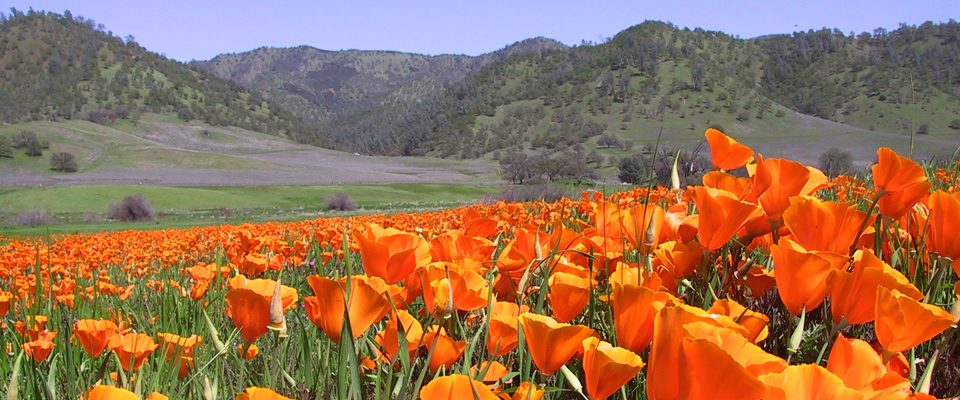by Victoria Brandon, Redwood Chapter Chair
The Trump administration’s hostility to environmental protection is no secret, and there have been rumblings about its intention to weaken public lands safeguards since well before the inauguration. Therefore the recent Executive Order instructing the Interior Department to “review” a number of monument designations came as no great surprise, though the sweeping nature of the reevaluation -- including the Antiquities Act itself -- and the large number of monuments potentially under threat was even worse than expected. When the dust settled, 22 terrestrial monuments and five marine reserves were on the hit list, with six in California, including the 330,000-acre Berryessa Snow Mountain national monument, most of which is here in Redwood Chapter.
Sad to say, the disingenuous nature of the decree was also something we’ve learned to expect from this president, whose alternative realities seldom seem to require even a rudimentary foundation of truth. His characterization of monument designation as a “massive federal land grab” conveniently ignores the fundamental fact that all the land involved belongs to the federal government before, during and after, and the accusation that monuments are created without consulting surrounding communities is equally untruthful. These actions are also typically Trumpian in being the antithesis of good government. It’s hard to imagine a worse impediment to effective public service than uncertainty about agency mandates, especially coupled with the diversion of scarce resources towards this distracting and destructive “review” -- from an administration that proposes to slash budgets for essential services of all sorts in the name of economy.
Although the Antiquities Act gives a president authority to create a monument, there is no legislative authority for a successor to reverse a designation, and no previous president has ever attempted to take such a step. Our national monuments preserve natural, cultural and historic public lands throughout the United States, recognizing that some places are too special to be at risk from exploitation for mining, logging, and energy development. Berryessa Snow Mountain’s extraordinary biodiversity, outstanding recreational potential and rich Native American cultural heritage made it ideally suited for designation, as evidenced by the very broad public support for monument status demonstrated throughout the region. In the words of Congressman Mike Thompson, “the monument is now a vital and thriving part of our region’s identity. I am fully confident that any good faith review will reaffirm the merits of Berryessa Snow Mountain and confirm our community’s support for its designation as a national monument. Overturning its designation would be grossly out of step with the will of the public.”
Although Berryessa Snow Mountain is probably unlikely to be chosen as a test case, vigilance is still necessary, not only for the continued existence of this monument, but for them all. Bears Ears in Utah is probably most at risk: situated on more than 1 million acres of land that’s sacred to Native Americans and home to tens of thousands of archaeological sites, it was designated by President Obama over the objections of the fossil fuel industry and local developers. “Once it’s designated, it’s designated,” said Davis Filfred of the Navajo Nation. “This is sacred land.”
Interior Secretary Ryan Zinke has been charged with making a recommendation on Bears Ears in June, and issuing a final report by the end of August.
In the meantime, resistance is being mobilized: on May 12 the Interior Department opened a 60-day public comment on monument designations. Let’s tell them to maintain protections for Berryessa Snow Mountain and the rest of these special places. Comments may be submitted online or by mail to Monument Review, MS-1530, U.S. Department of the Interior, 1849 C Street NW, Washington, DC 20240.
